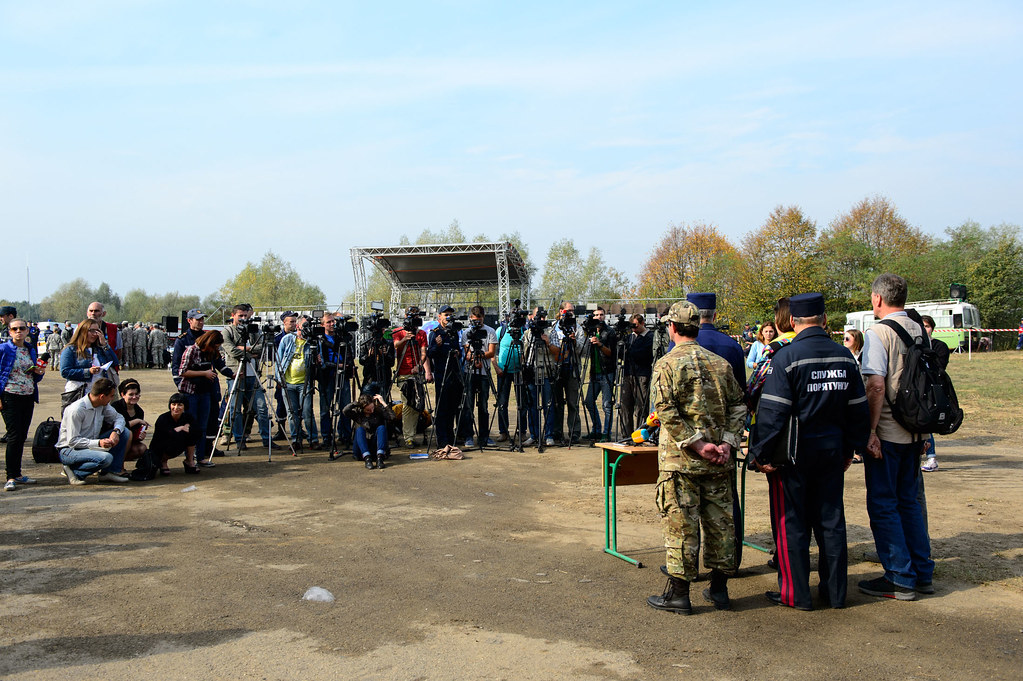
The Russian invasion of Ukraine that began Feb. 24 has left tens of thousands of people dead, countless others maimed and millions displaced. It’s caused billions of dollars’ worth of damage and its fallout has echoed throughout the global economy. It’s forced European nations to revamp decades-old security policies and has influential voices in foreign affairs warning about the threat of nuclear war. Little wonder that Western policy shapers are keen to better understand their nations’ role in the conflict.
Two prominent American analysts see the U.S. role very differently. On one side of the debate is international relations scholar John Mearsheimer, a professor at the University of Chicago; on the other is national security expert Joe Cirincione, who for many years headed nuclear arms control initiatives such as the Ploughshares Fund and the Carnegie Endowment’s non-proliferation program.
Ever since Russia’s annexation of Crimea in 2014 Mearsheimer, a leading proponent of the realist school of international relations, has argued that the principal responsibility for “the Ukraine crisis” lies with the U.S. and, to a lesser degree, with the allies that have followed its lead. He most recently made this point in a June 16 speech reprinted below. Although Mearsheimer acknowledges that Putin started the war and is responsible for Russia’s conduct of it, his “central claim is that the United States has pushed forward policies toward Ukraine that Putin and other Russian leaders see as an existential threat, a point they have made repeatedly for many years.” Key among these policies has been the U.S. push to bring Ukraine into NATO and make it “a Western bulwark on Russia’s border.” It does not matter, Mearsheimer writes, what the authors of these policies intended; what matters is how Moscow saw them. His second main point in the speech is that Washington’s reaction to the outbreak of war has focused, together with its Western allies, on “decisively defeating Russia in Ukraine.” This, he believes, has prolonged the war there, subjected Ukraine to “even greater harm” and raises the risk of escalation, all the way up to the possible use of nuclear weapons. The key to a peaceful settlement from Russia’s perspective, he argues, “is making Ukraine a neutral state, ending the prospect of integrating Kyiv into the West.”
Cirincione rejects these arguments in an article written for Russia Matters, also reprinted below. While he has long criticized certain NATO policies threatening to Russia—like the initial inclusion of Eastern European countries in the military bloc and the placement of missile systems in Romania and Poland—he argues that the drivers behind them were numerous, mundane and often influenced by the Eastern Europeans’ own security imperatives. Even if the presence of significant NATO footholds in Ukraine did constitute a red line for Moscow, Cirincione feels that the West cannot “militarily abandon Ukraine and … cede it to Russia’s sphere of influence,” as Mearsheimer implicitly suggests. Cirincione also believes that Putin’s fears about Ukraine and other ex-Soviet republics growing “too close to the West” stem from his fears that such closeness would foment “popular resistance to his increasingly authoritarian rule at home.” And he presents thought-provoking evidence against Mearsheimer’s earlier claims that Russia’s actions in Ukraine have been primarily defensive, spelling out the various ways Moscow has been taking control of Ukrainian territory. Cirincione’s final objection to Mearsheimer’s arguments is on moral grounds: that now, amid the blood-curdling brutality of Russian forces’ targeting of Ukrainian civilians, is not the time to analyze which past policies led to the problem; now, he writes, the West’s singular focus should indeed be to “defeat Russia’s invasion.”
As is customary in such debates, we have invited Prof. Mearsheimer to write a rebuttal, but he declined.

 Estonian Prime Minister Kaja Kallas was quoted on Jan. 17, 2024, as saying that every member of the so-called Ramstein group should channel the equivalent of 0.25% of their gross domestic product to Kyiv annually, which “would raise at least €120 billion ($131 billion) and swing the conflict in Ukraine’s favor,” according to
Estonian Prime Minister Kaja Kallas was quoted on Jan. 17, 2024, as saying that every member of the so-called Ramstein group should channel the equivalent of 0.25% of their gross domestic product to Kyiv annually, which “would raise at least €120 billion ($131 billion) and swing the conflict in Ukraine’s favor,” according to 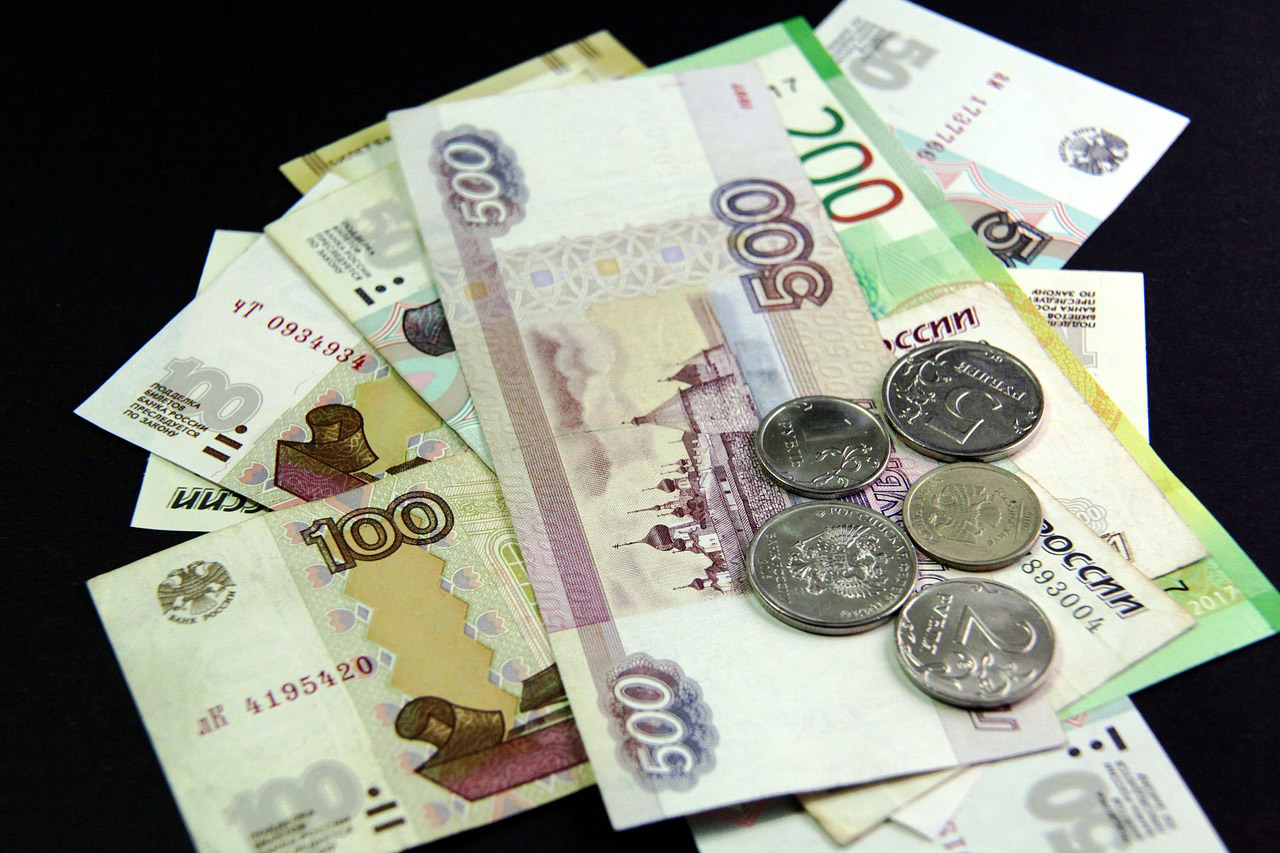 "Russia becomes Europe’s biggest economy.” That’s the headline that Kremlin-funded RT’s editors put on a story they ran Aug. 4. The story went on to trumpet that “Russia was among the world’s five largest economies and the largest in Europe in terms of purchasing power parity (PPP) as of the end of 2022, despite Western sanctions, the latest World Economics report has revealed.” Three days later, analytical resource bne IntelliNews, which is focused on emerging markets, published an
"Russia becomes Europe’s biggest economy.” That’s the headline that Kremlin-funded RT’s editors put on a story they ran Aug. 4. The story went on to trumpet that “Russia was among the world’s five largest economies and the largest in Europe in terms of purchasing power parity (PPP) as of the end of 2022, despite Western sanctions, the latest World Economics report has revealed.” Three days later, analytical resource bne IntelliNews, which is focused on emerging markets, published an 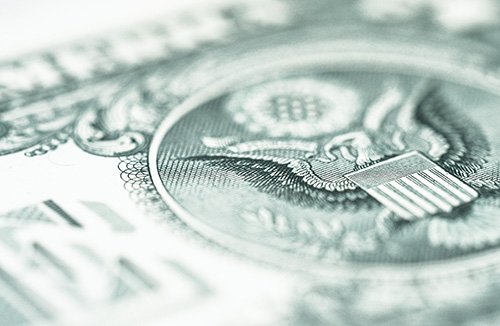 Western policymakers are asking themselves whether the billions of dollars in aid to Kyiv have been well spent. Two analysts offer opposing assessments in a debate co-hosted by Russia Matters: Investment strategist and Chatham House fellow
Western policymakers are asking themselves whether the billions of dollars in aid to Kyiv have been well spent. Two analysts offer opposing assessments in a debate co-hosted by Russia Matters: Investment strategist and Chatham House fellow 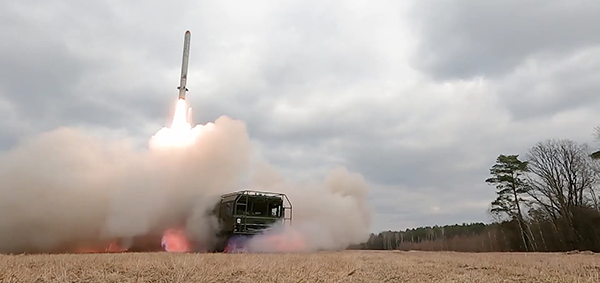 Is Russia running out of precision munitions, such as missiles, in its war against Ukraine? That is the
Is Russia running out of precision munitions, such as missiles, in its war against Ukraine? That is the 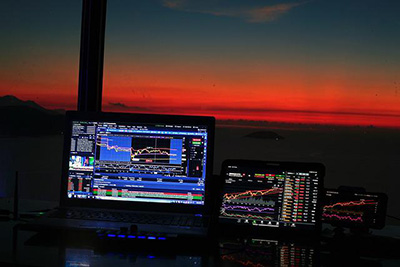 Three months after the Kremlin launched its invasion of Ukraine,
Three months after the Kremlin launched its invasion of Ukraine, 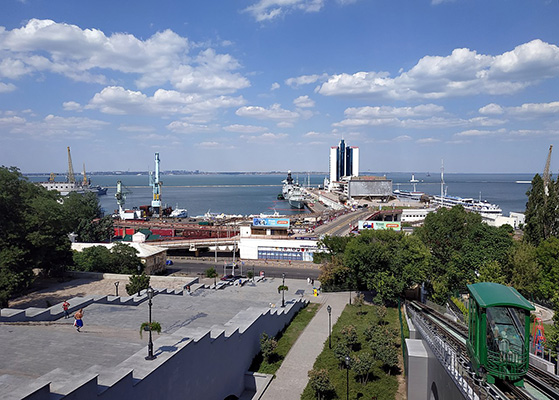 The New York Times’ lead
The New York Times’ lead 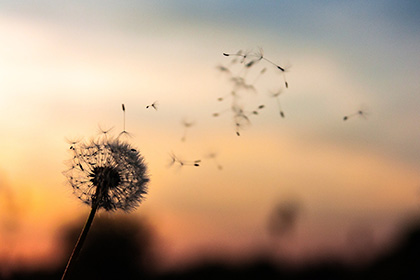 When scanning commentaries on post-Soviet Eurasia from English- and Russian-language sources, certain words or phrases stand out as fads that later fade away. So when RFE/RL described on July 30, 2022, a “bold prediction” by Russia expert Iver Neumann that we are witnessing “
When scanning commentaries on post-Soviet Eurasia from English- and Russian-language sources, certain words or phrases stand out as fads that later fade away. So when RFE/RL described on July 30, 2022, a “bold prediction” by Russia expert Iver Neumann that we are witnessing “ Despite the latest Western sanctions against Russia approaching their half-year point, Russia’s war effort in Ukraine rages on. How has Russia sustained its campaign in the face of what many
Despite the latest Western sanctions against Russia approaching their half-year point, Russia’s war effort in Ukraine rages on. How has Russia sustained its campaign in the face of what many 
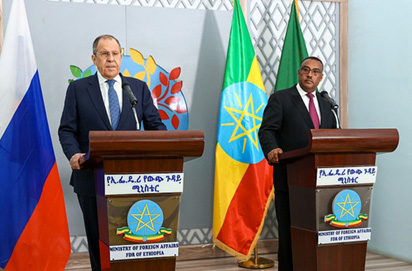 As the West’s increasing punitive measures bear down on Russia for its invasion of Ukraine, Russian Foreign Minister Sergei Lavrov is
As the West’s increasing punitive measures bear down on Russia for its invasion of Ukraine, Russian Foreign Minister Sergei Lavrov is